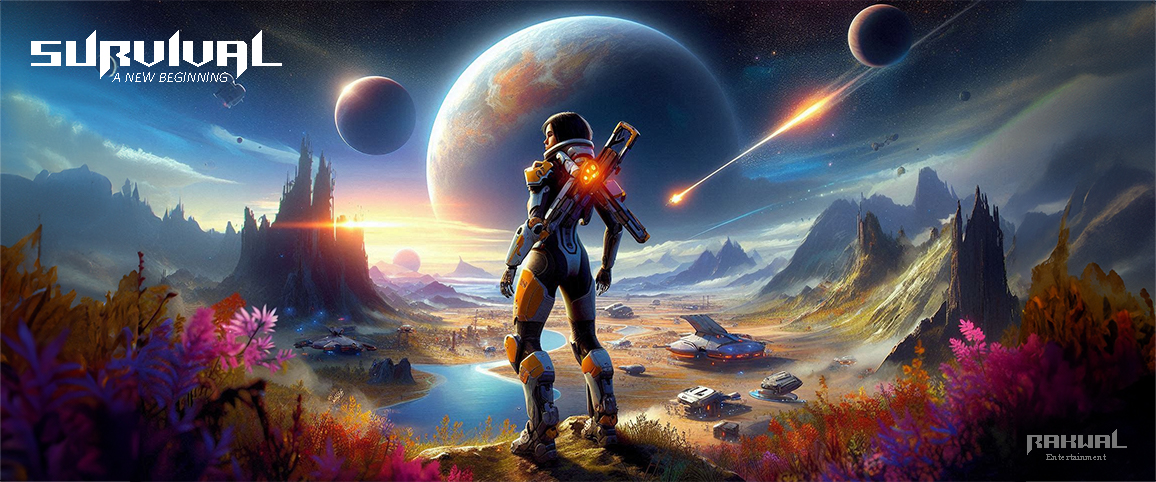
Game Design: Rakwal Entertainment / Survival
Introduction
Survival is a forward-thinking, modular IP project originally conceived during the early days of speculation around Blizzard’s Project Titan. It set out to answer a big question: what would a true successor to World of Warcraft look like?
The project follows an incremental development strategy inspired by Blizzard’s own path—from Warcraft to World of Warcraft. Starting with a focused survival sandbox experience, it’s designed to grow naturally into a full-scale MMO over time. This approach helps limit risk and complexity in early stages while laying the groundwork for a much larger vision.
Set in a futuristic sci-fi universe, Survival solves many of the core limitations found in traditional MMOs. It also positions the IP to directly compete with— and eventually surpass—titles like Minecraft and No Man’s Sky. Key innovations include unified role and character systems, scalable content architecture, modernized loot and progression mechanics, and a world purpose-built for expansion across media formats like film and publishing.
Developed entirely without a team or budget, the project leans heavily on rapid prototyping and iterative design to move fast and explore big ideas without getting bogged down.
Note: This is still an unlaunched project; the following write‑up includes only a sample of the full work.
Studio Creation
Rakwal Entertainment takes its name from “Rakwal,” the long-time in-game identity used by the developer across countless titles over the past decade—originally created for a Tauren tank in World of Warcraft. The name became a personal brand over time, eventually evolving into the identity behind the studio itself. Today, it represents not just a legacy of gaming passion, but a symbol of creative ownership behind the project.

Iterative Development
With over 20,000 hours logged in survival and MMO titles, Survival was shaped by deep, hands-on experience and a long-term immersion in the genre. The project is built on an iterative design philosophy—recognizing what works, what doesn’t, and where the next leap in innovation should land.
Its modular development structure follows the model set by Warcraft and World of Warcraft, starting as a solo-friendly sandbox and scaling into a full MMO. Minecraft, No Man’s Sky, and EVE Online informed the foundation: procedurally generated worlds, scalable tech-driven themes, and persistent economies. Anthem then layered in high-fidelity visuals and fluid traversal systems, especially through exo-suit-style mobility—fitting perfectly with the game’s futuristic sci-fi tone.
Meanwhile, games like The Forest, Valheim, and SCUM shaped approaches to survival tension, tiered progression, and base vulnerability in PvP environments. Once Human stood out as a recent benchmark: despite its controversial resets, it nails streamlined UI, simplified but deep base building, and a well-balanced mix of solo, co-op, and PvP content—tied together with smooth server instancing and vast customization options.
Critically, No Man’s Sky, Escape from Tarkov, and Icarus tackled one of the genre’s most punishing flaws—total loot loss due to griefing or cheating. By introducing persistent off-world storage (like capital ships or extraction-based banking), they preserved high-stakes gameplay without wiping away weeks of honest player progress. This concept became a core part of Survival's design, protecting investment while retaining tension.
Together, these titles offered more than inspiration—they formed a blueprint. Carefully examined and selectively adopted, their best features were woven into a unified, forward-thinking survival experience designed to push the genre ahead rather than chase it.
Storyline
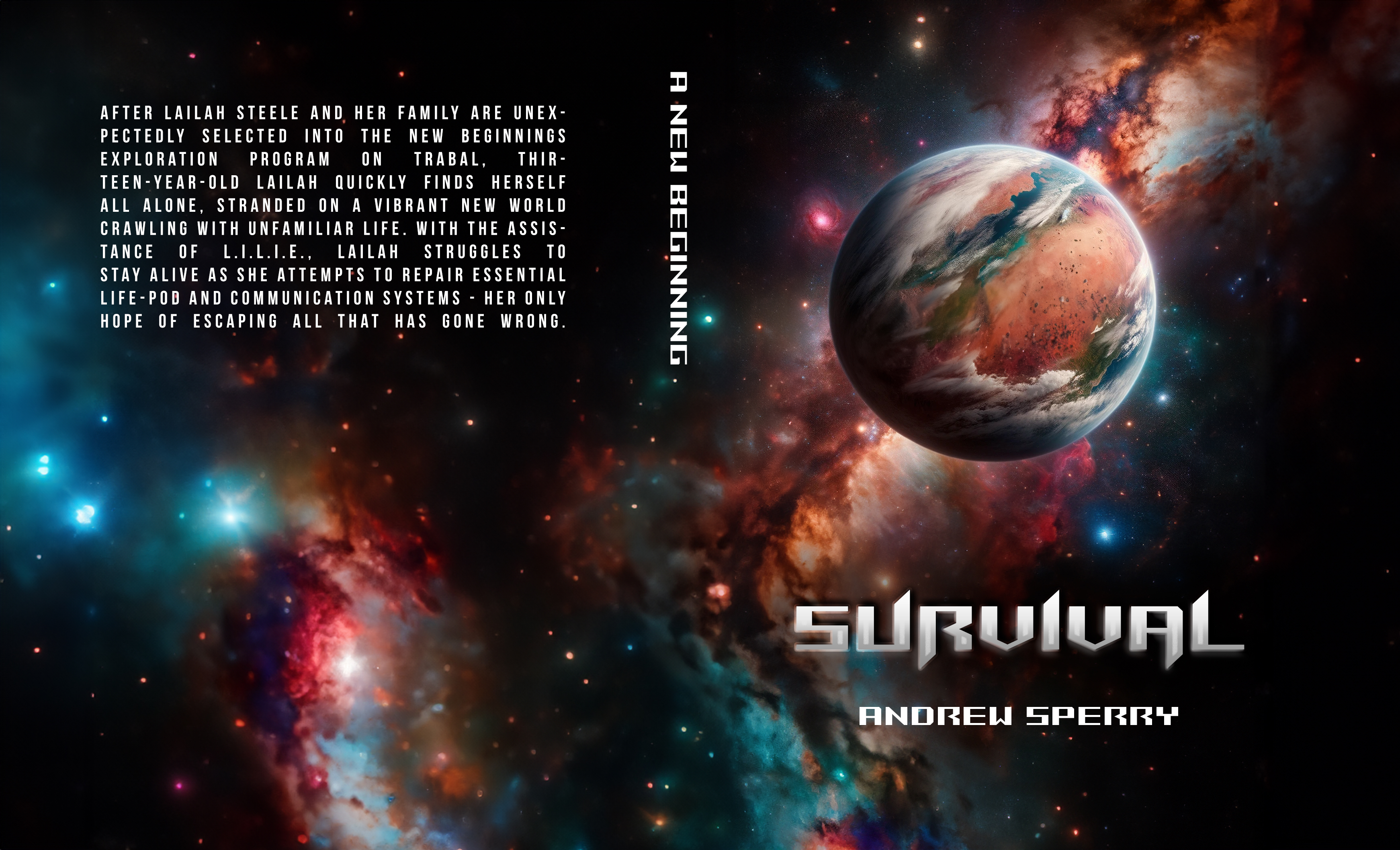
At the heart of Survival lies a carefully structured narrative spanning three main acts—A New Beginning, Remembering the Past, and Battling the Future—with an additional prequel storyline titled Worlds Unknown. Each chapter of the story was designed not only to complement gameplay but also to function as standalone intellectual property, adaptable for publication, film, or other media extensions.
From the outset, the storyline was developed alongside gameplay mechanics to ensure a seamless player experience, with progression that feels earned and narrative beats that land naturally through exploration, discovery, and survival. While Survival starts as a grounded, sandbox experience, its futuristic sci-fi setting was chosen deliberately to enable virtually unlimited expansion possibilities in later MMO phases.
This narrative flexibility unlocks entire galaxies of content: expeditions to key species’ home worlds, planetary missions to purge resource-rich areas of infestation, full-scale fleet battles between factions, or encounters with massive, world-consuming space anomalies. The universe is vast—and it’s built to evolve.
The opening storyline, A New Beginning, lays the foundation for everything to come. Focused on survival, isolation, and resilience, it mirrors the gameplay of the initial sandbox phase before the game scales toward MMO elements.
A New Beginning After Lailah Steele and her family are unexpectedly selected into the New Beginnings Exploration Program on Trabal, thirteen-year-old Lailah quickly finds herself all alone, stranded on a vibrant new world crawling with unfamiliar life. With the assistance of L.I.L.I.E., Lailah struggles to stay alive as she attempts to repair essential life-pod and communication systems—her only hope of escaping all that has gone wrong.
From this starting point, Survival builds outward—both narratively and mechanically—evolving into a universe rich with lore, challenge, and discovery. The storyline isn't just there to support the game; it's meant to live beyond it.
Early Artwork & Visual Development
The early phases of Survival leaned heavily on traditional artwork and character design, brought to life through close collaboration with a freelance artist over hundreds of detailed exchanges. This foundational work introduced key species and vehicles central to the long-term IP vision—even those not featured in the initial sandbox survival experience.
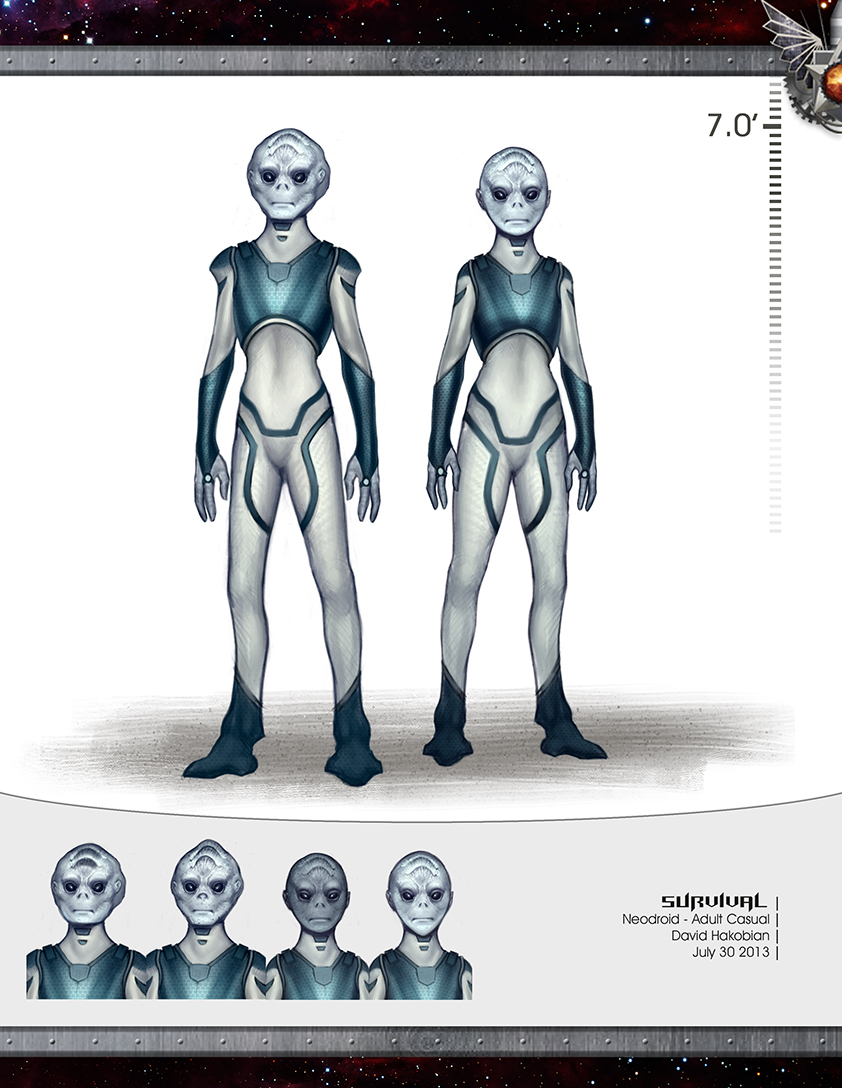
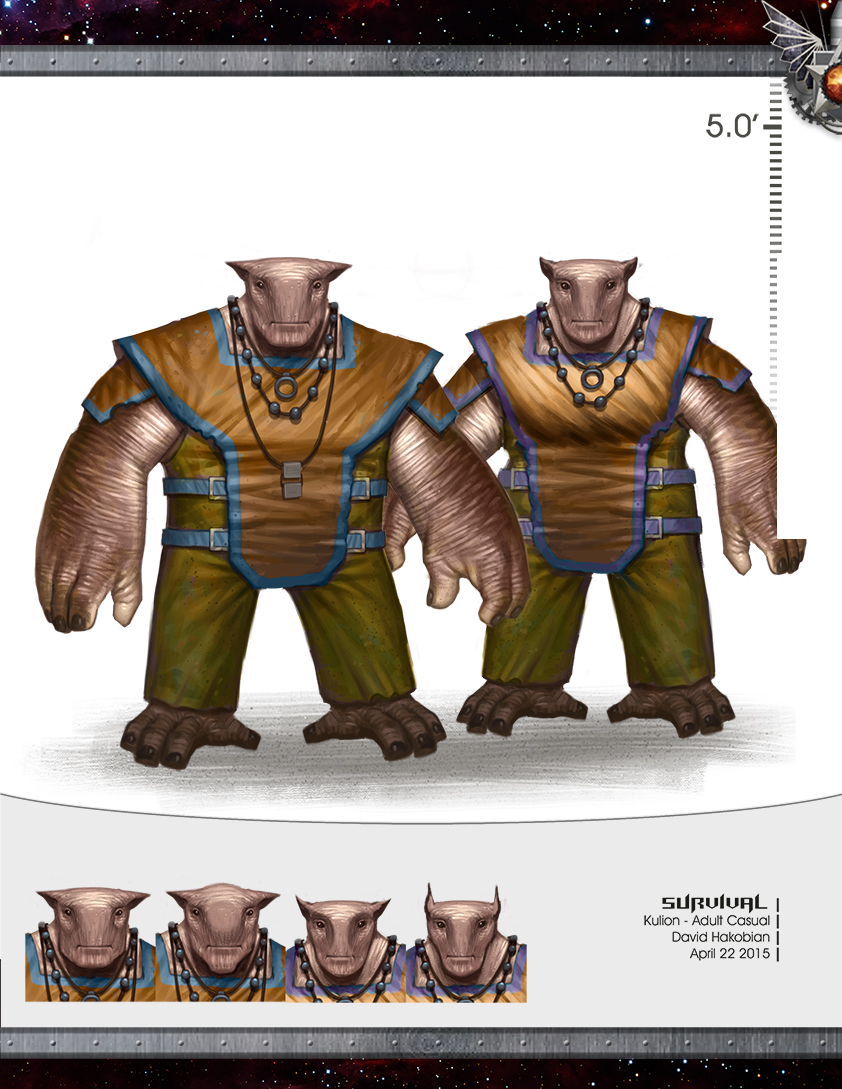
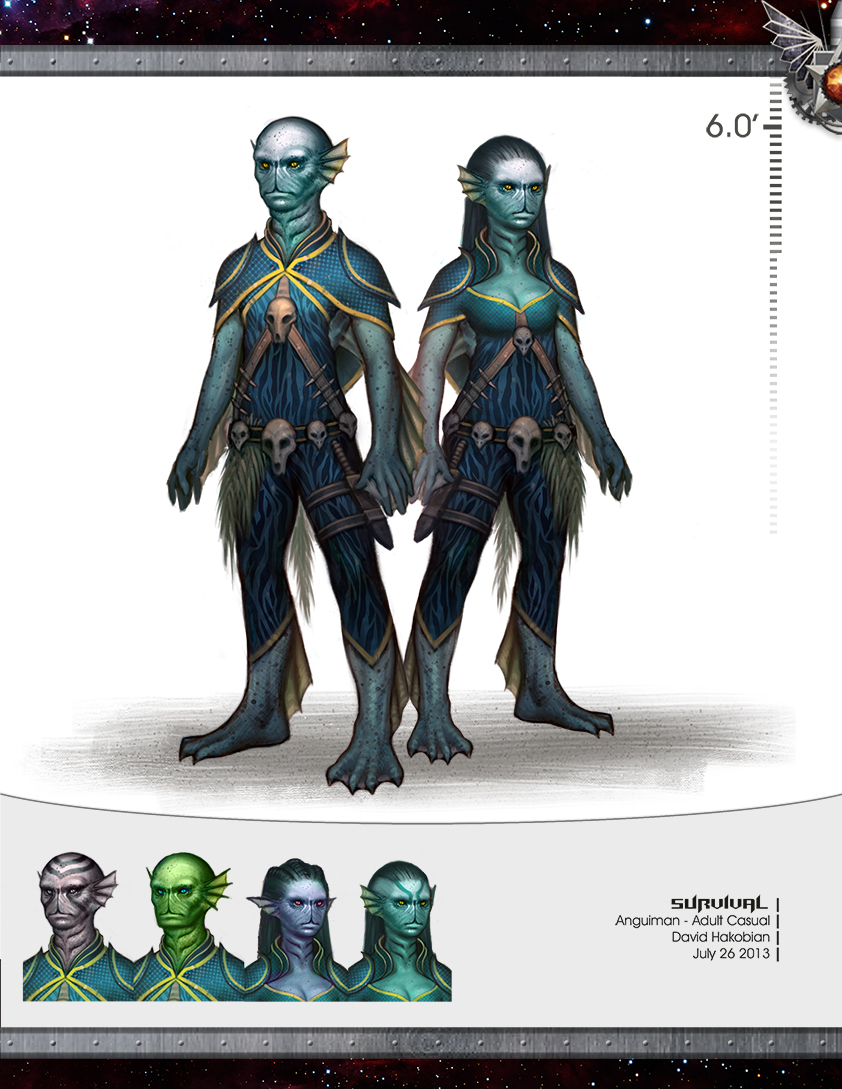
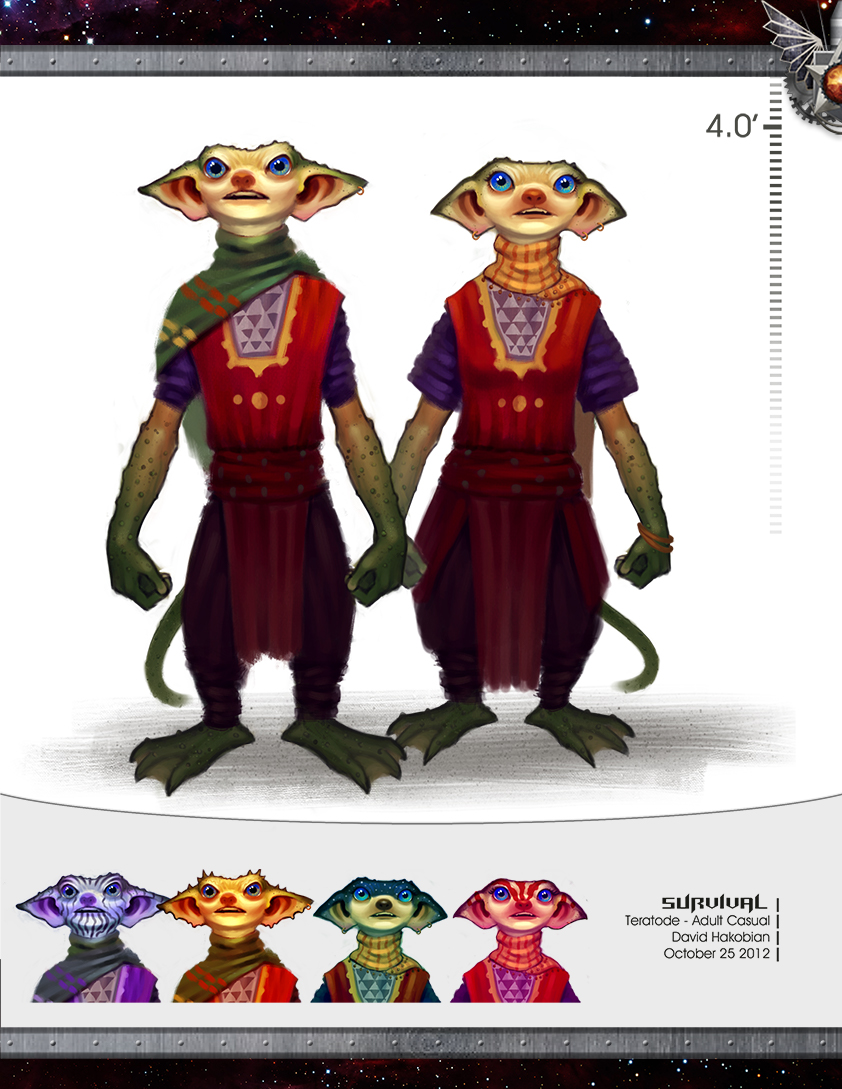
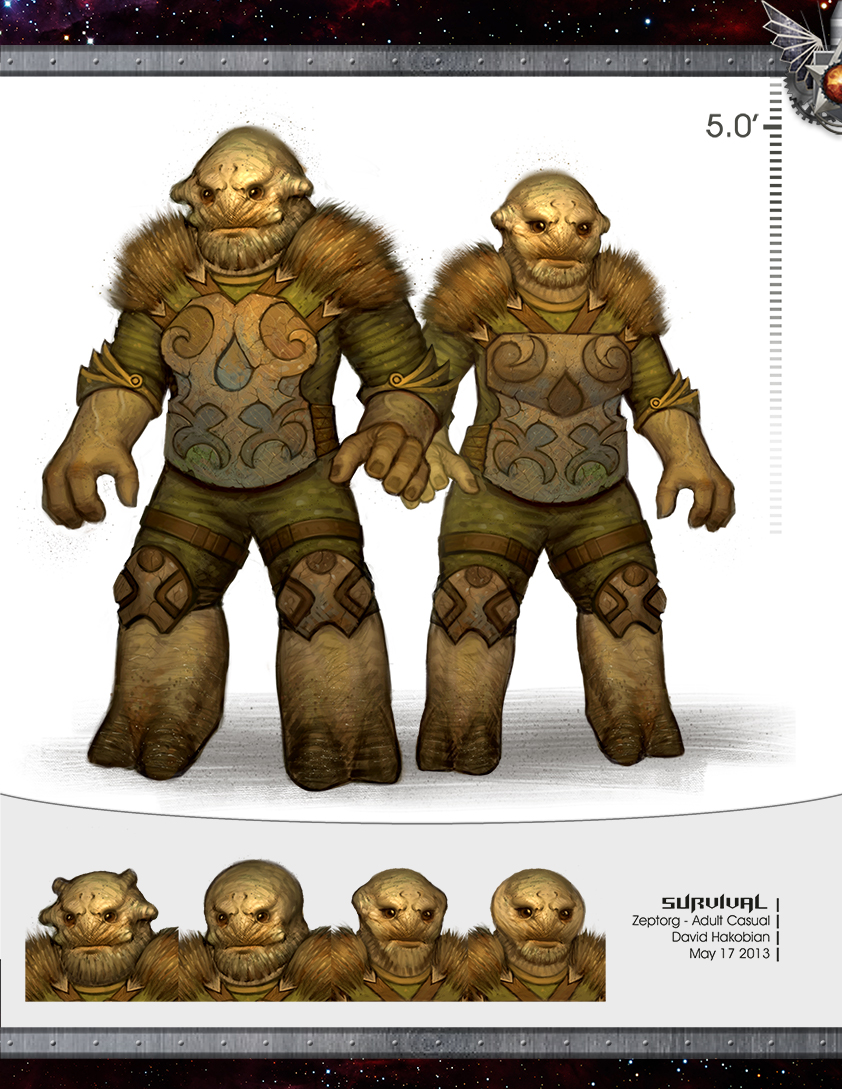
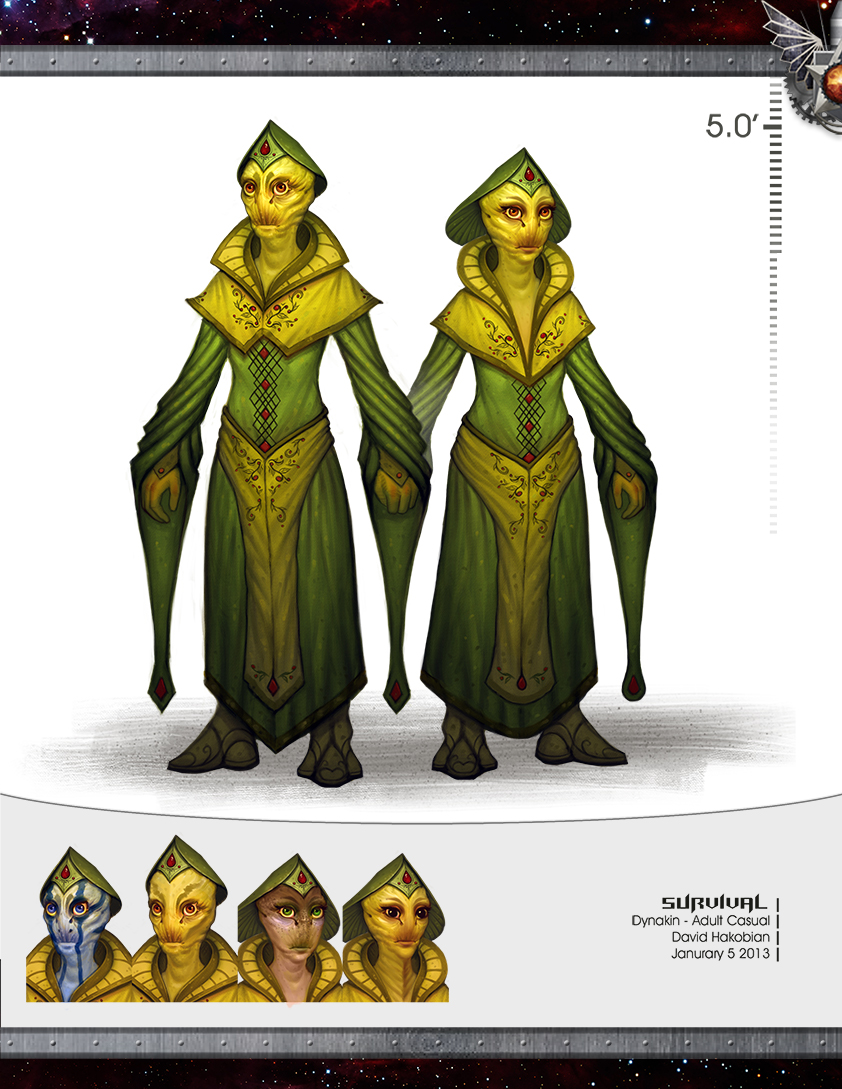
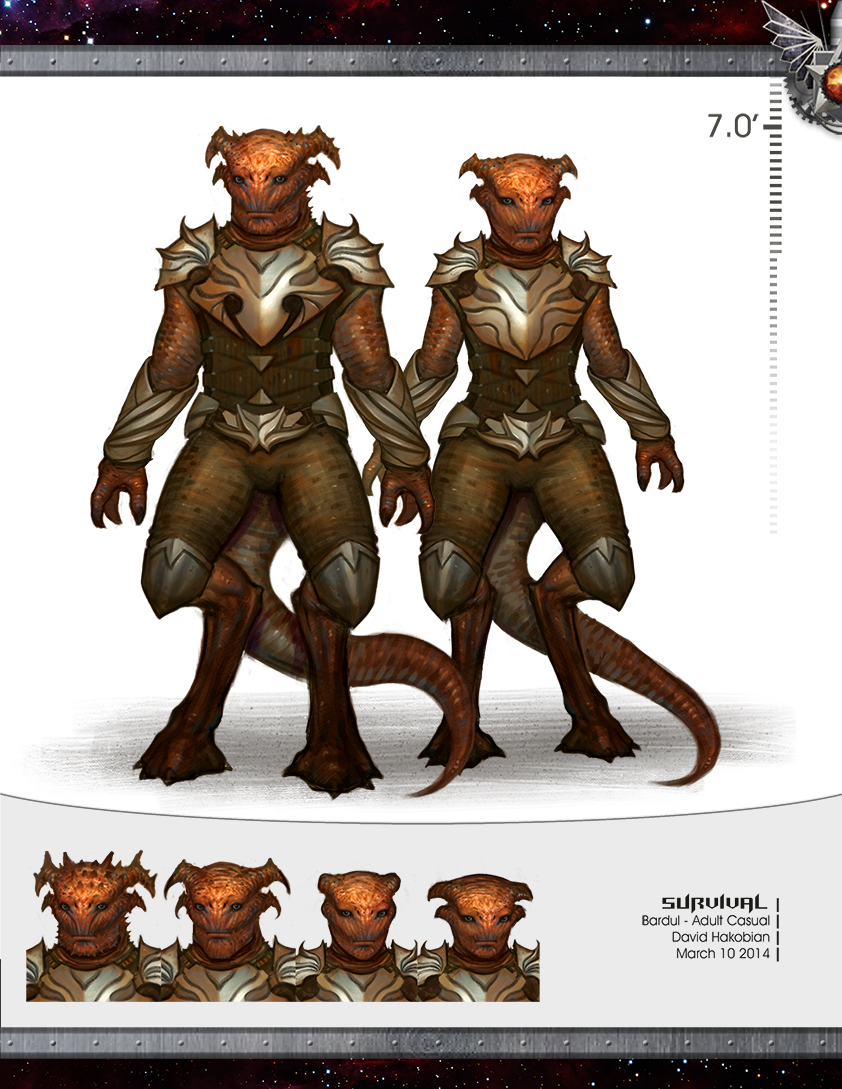
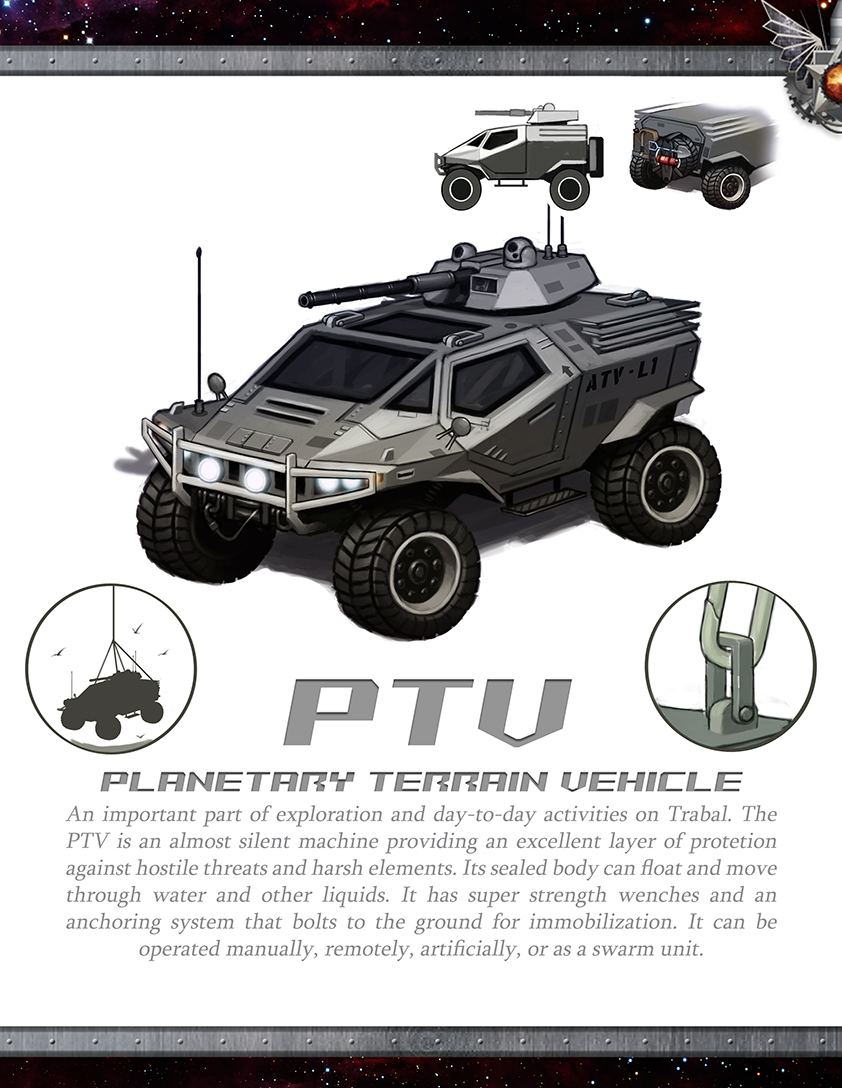
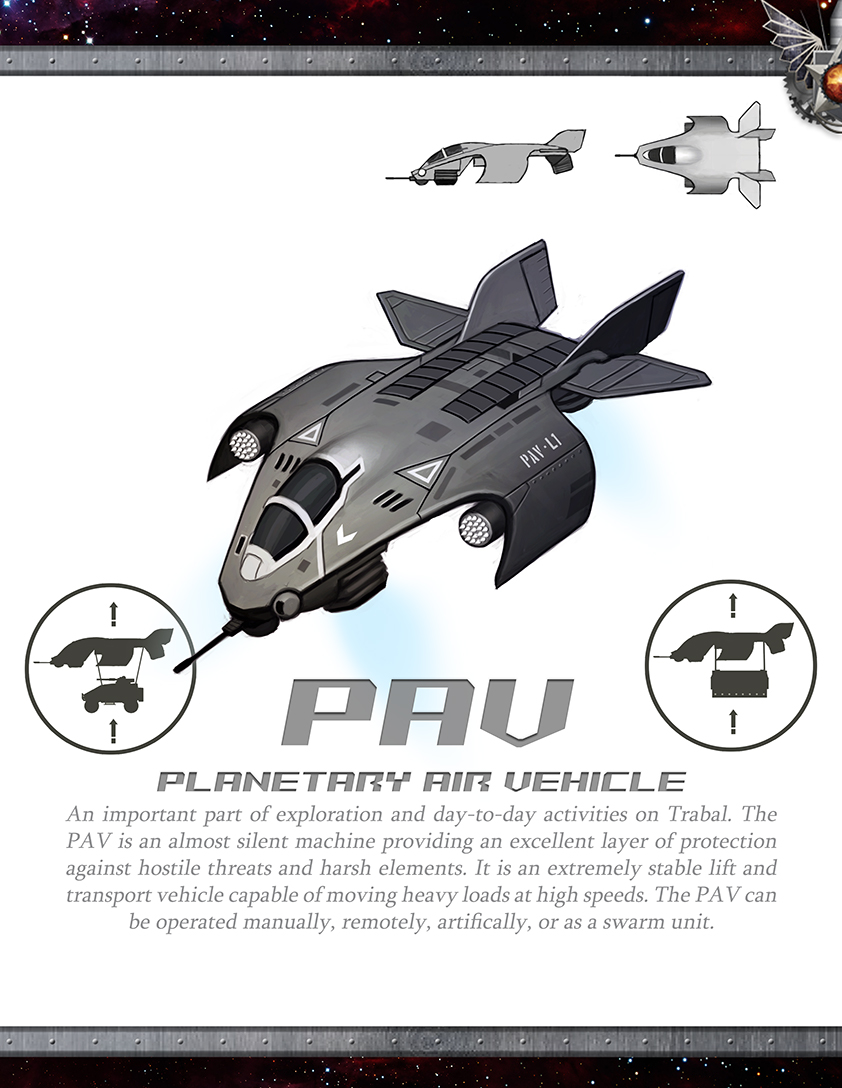
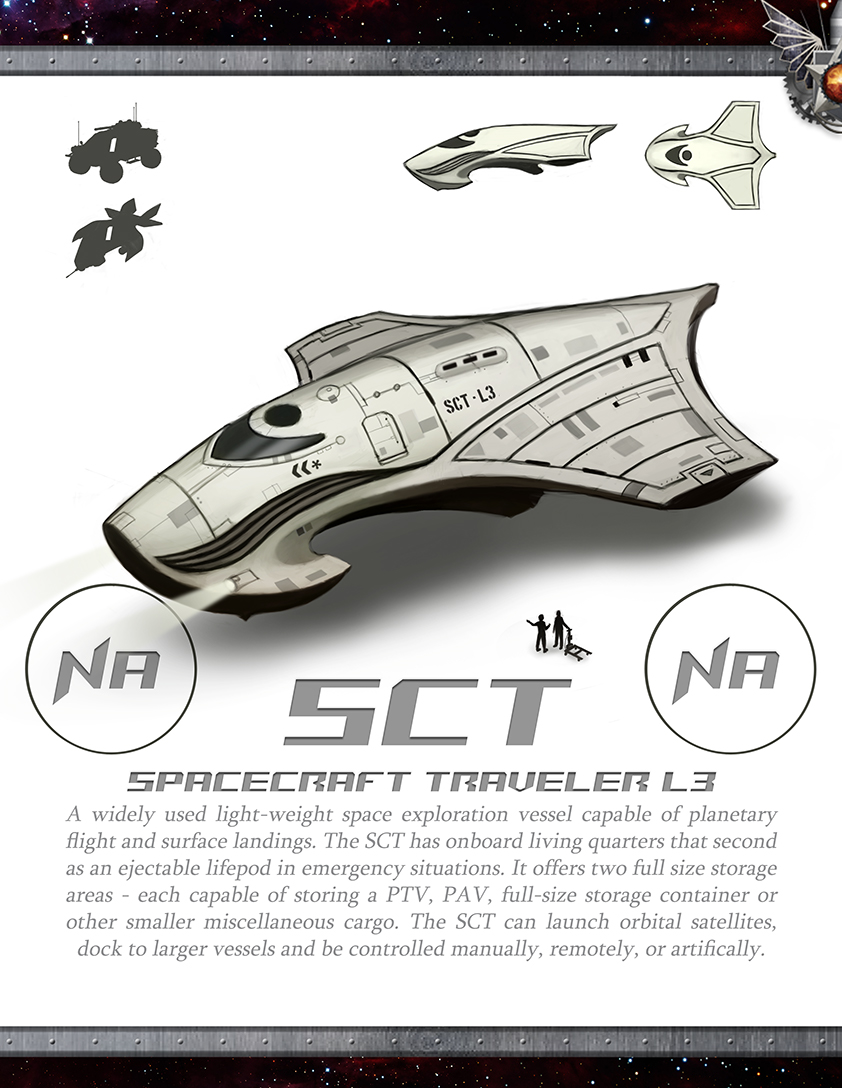
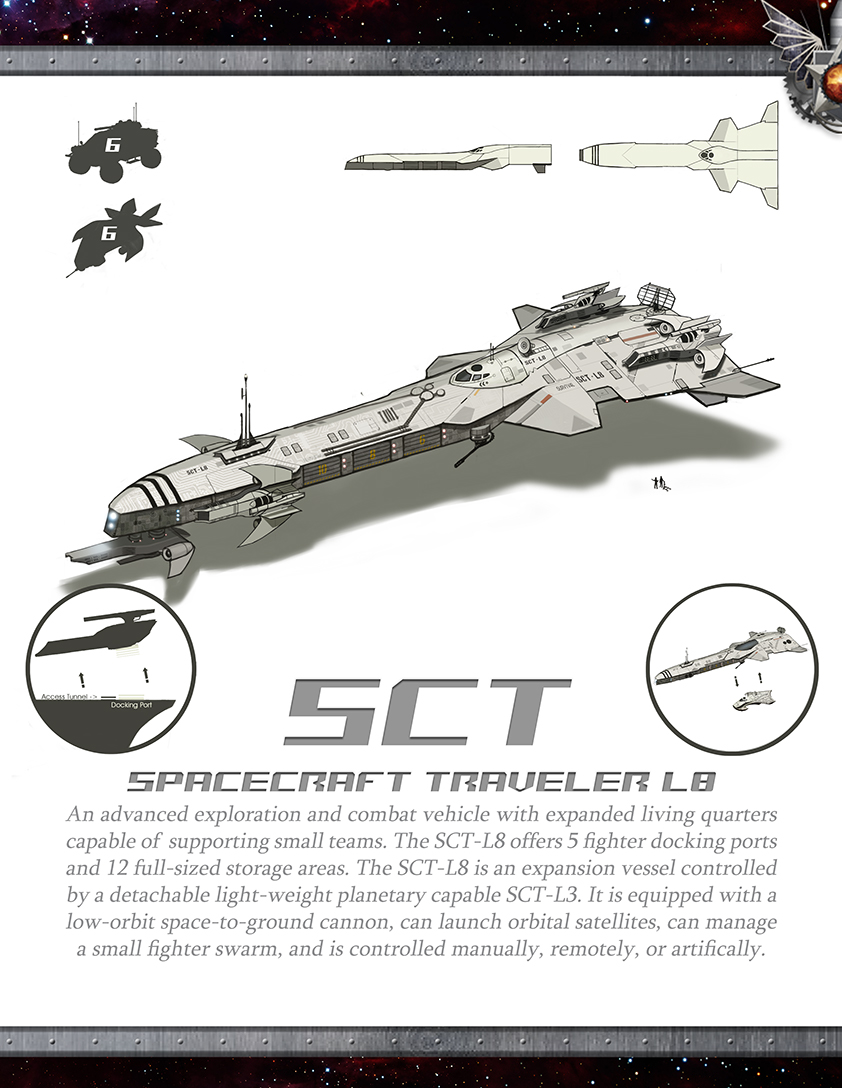
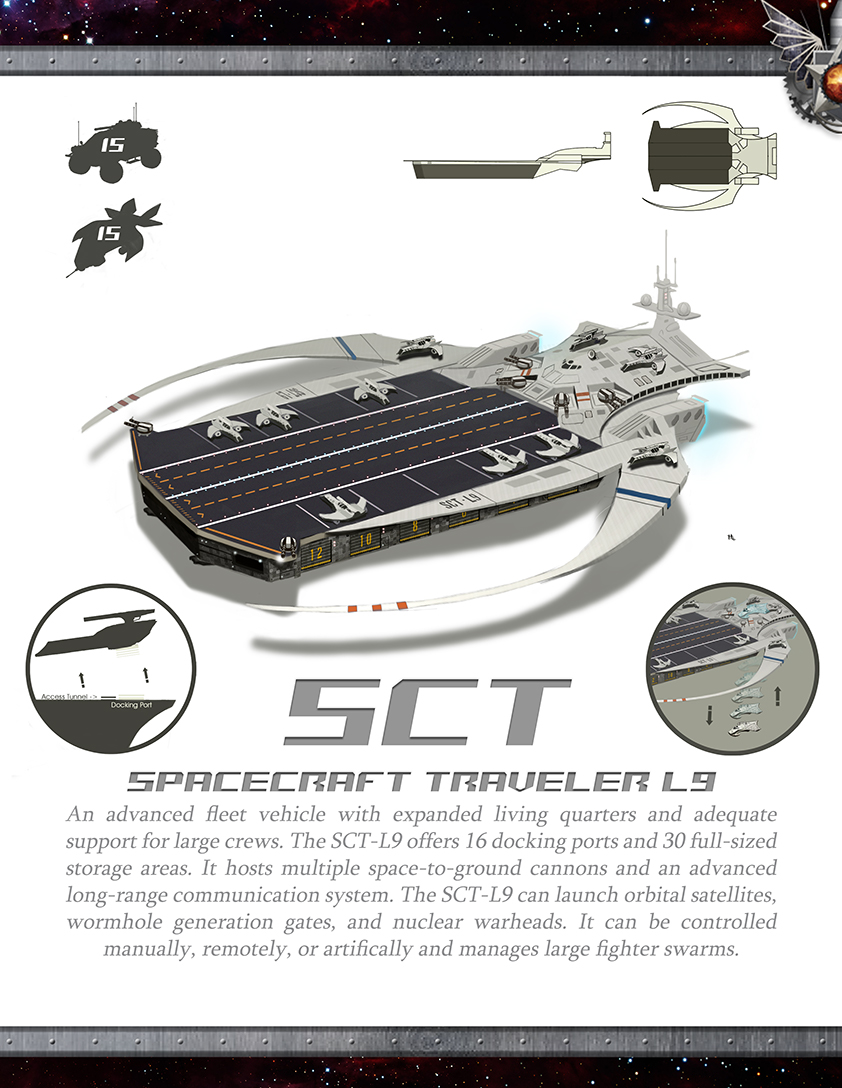
Rapid Prototyping with AI & Procedural Tools
As development matured, traditional pipelines gave way to high-speed workflows powered by AI and procedural tools. These methods enabled large-scale environment generation, rapid iteration of user interfaces, and effective visualization of item progression systems—all critical to refining the vision of Survival at scale.
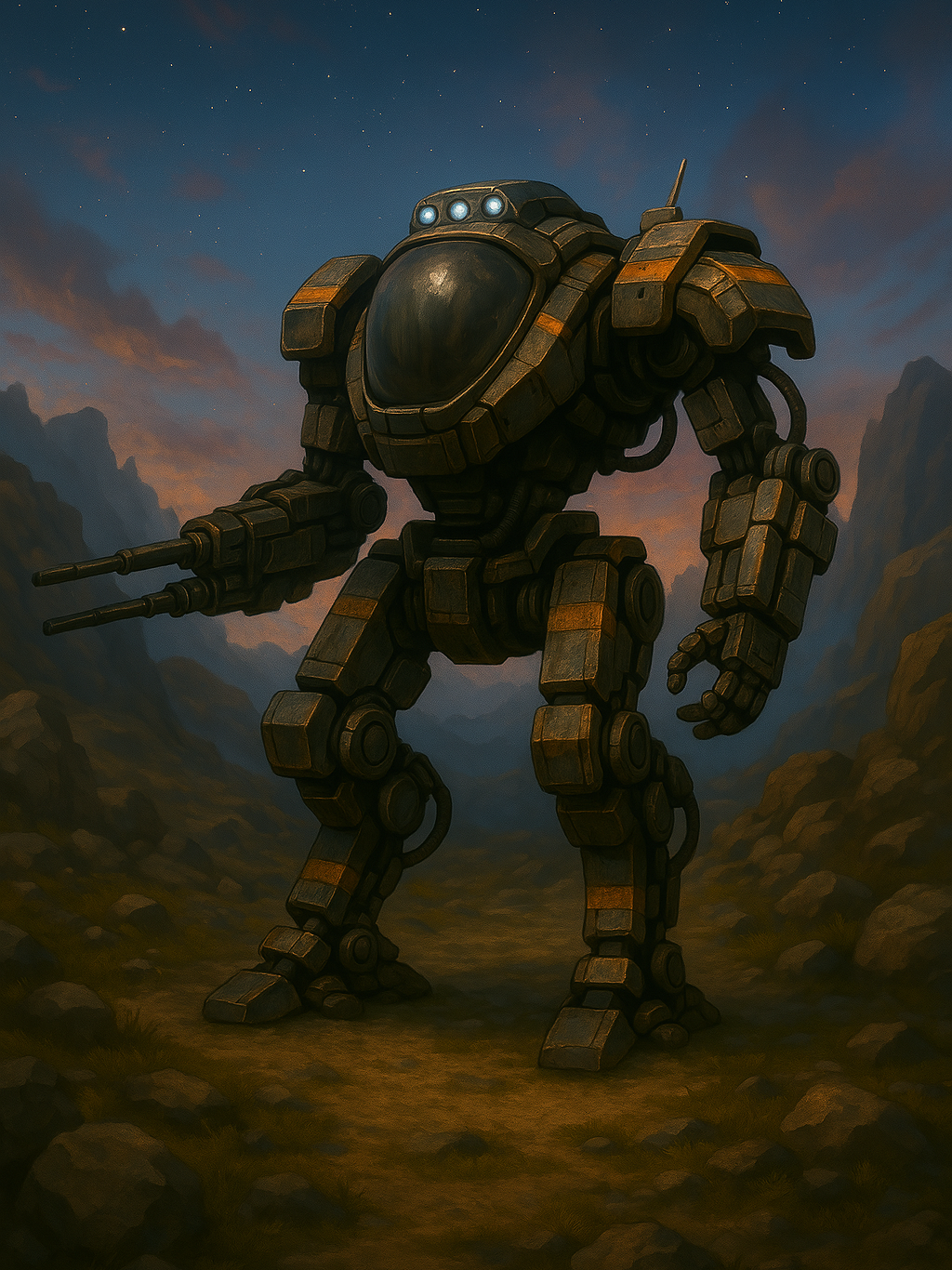
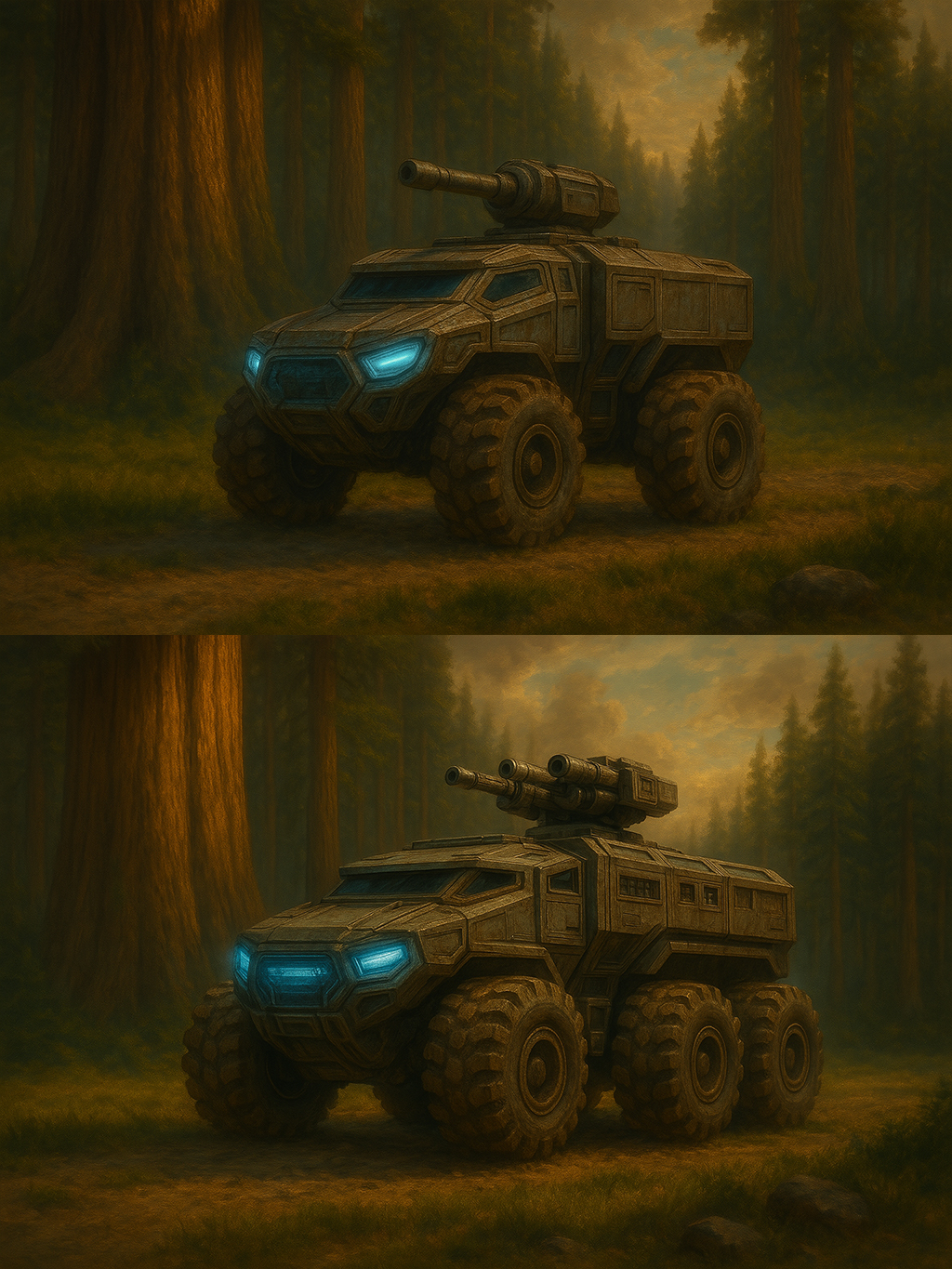
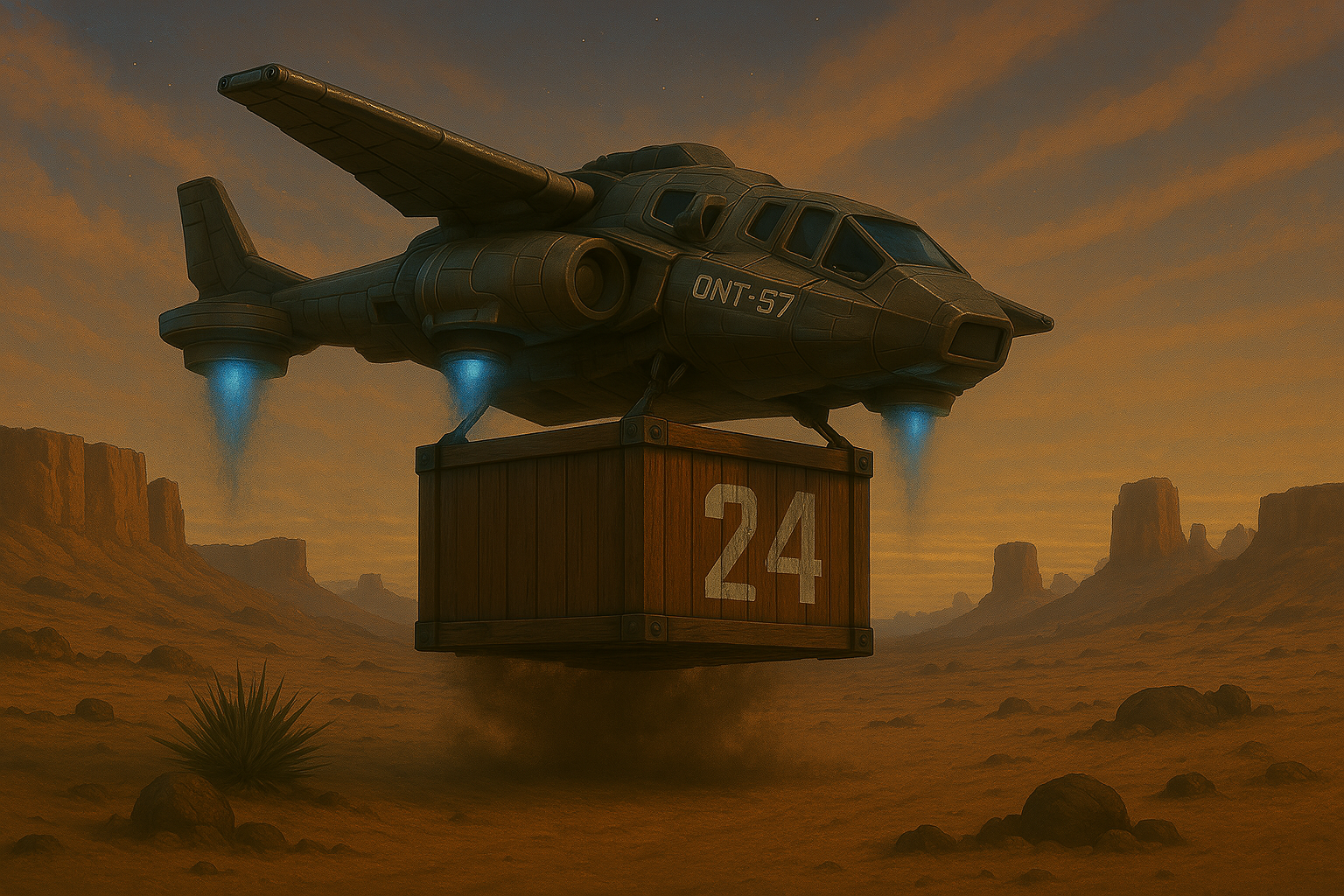
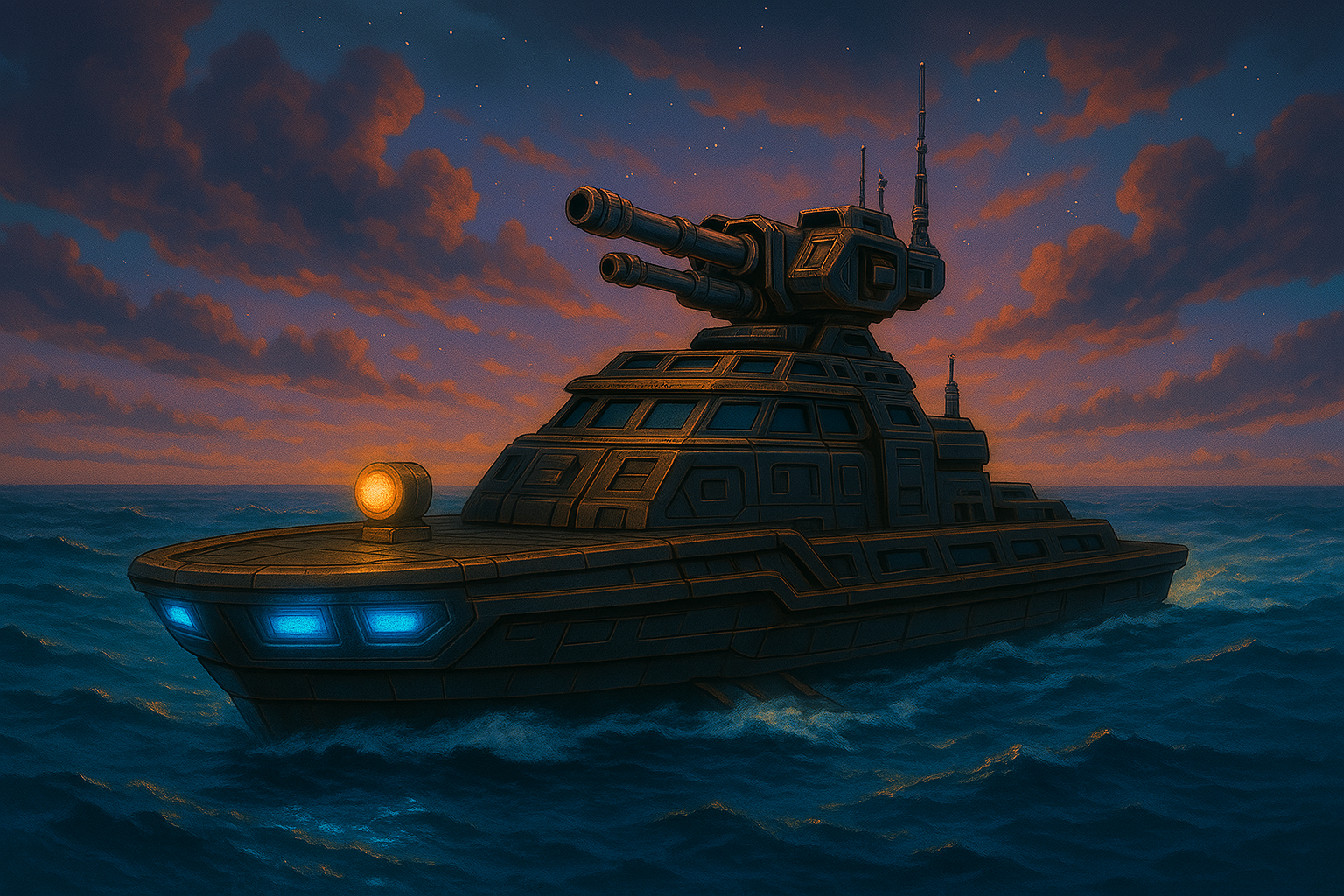
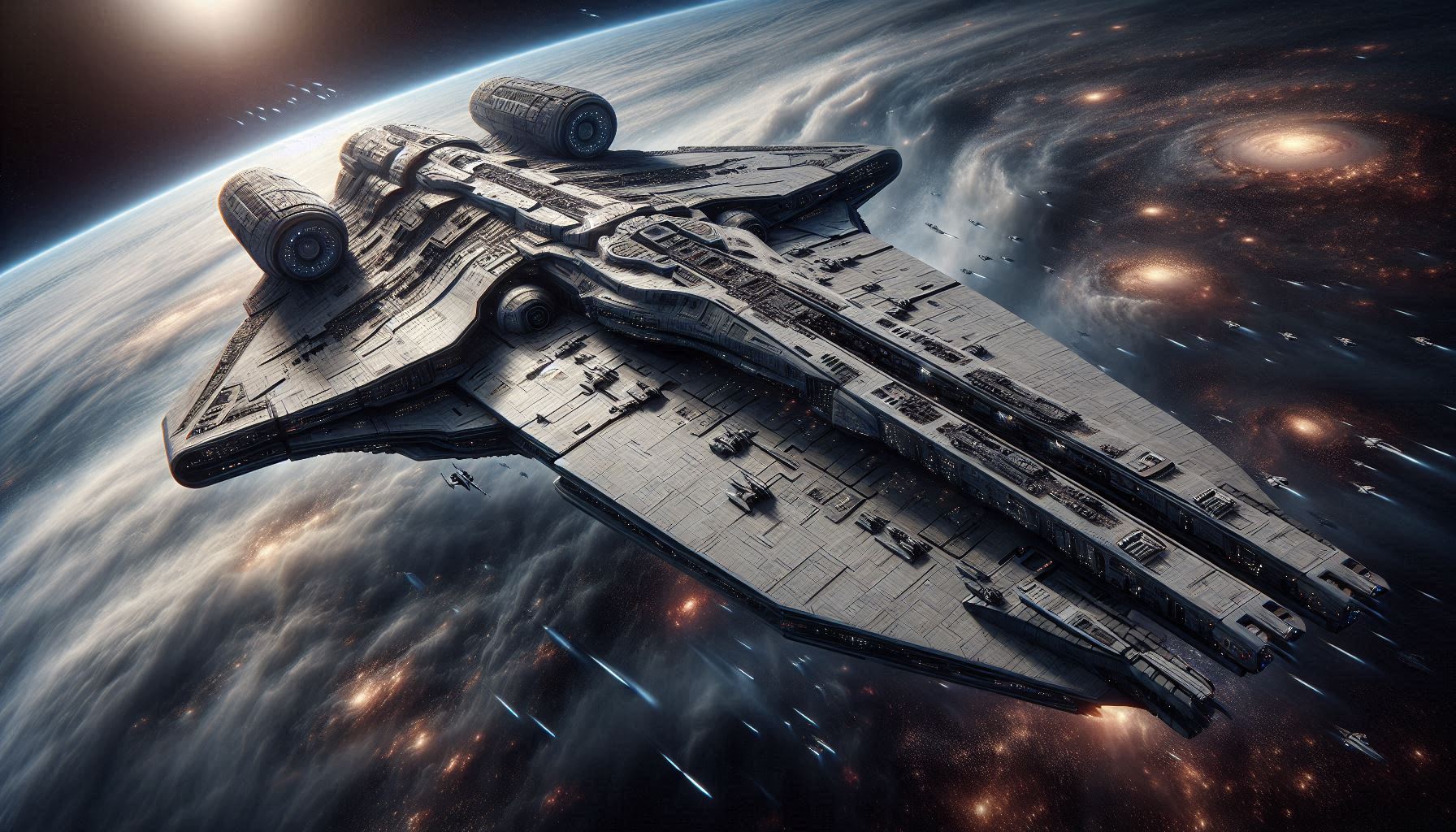
AI Visual Consistency:
Strategic prompt crafting enabled consistent generation of diverse ecosystem flora/fauna assets, categorized by biome.
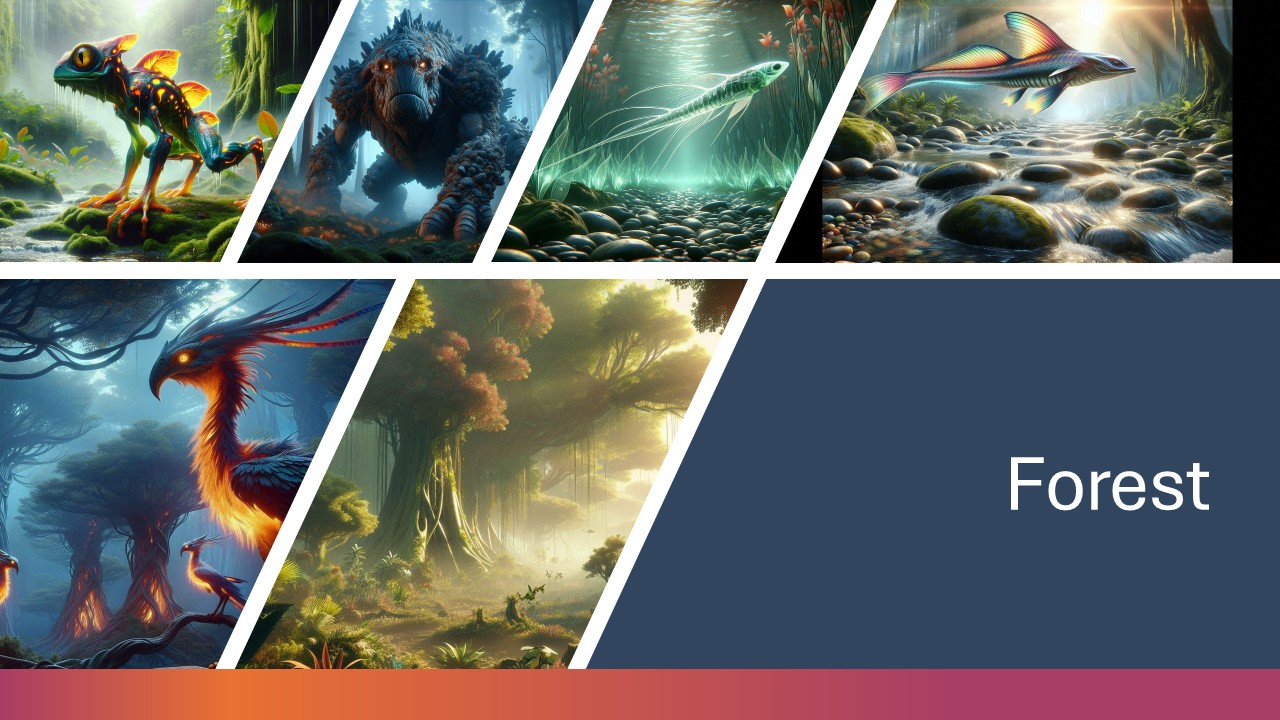
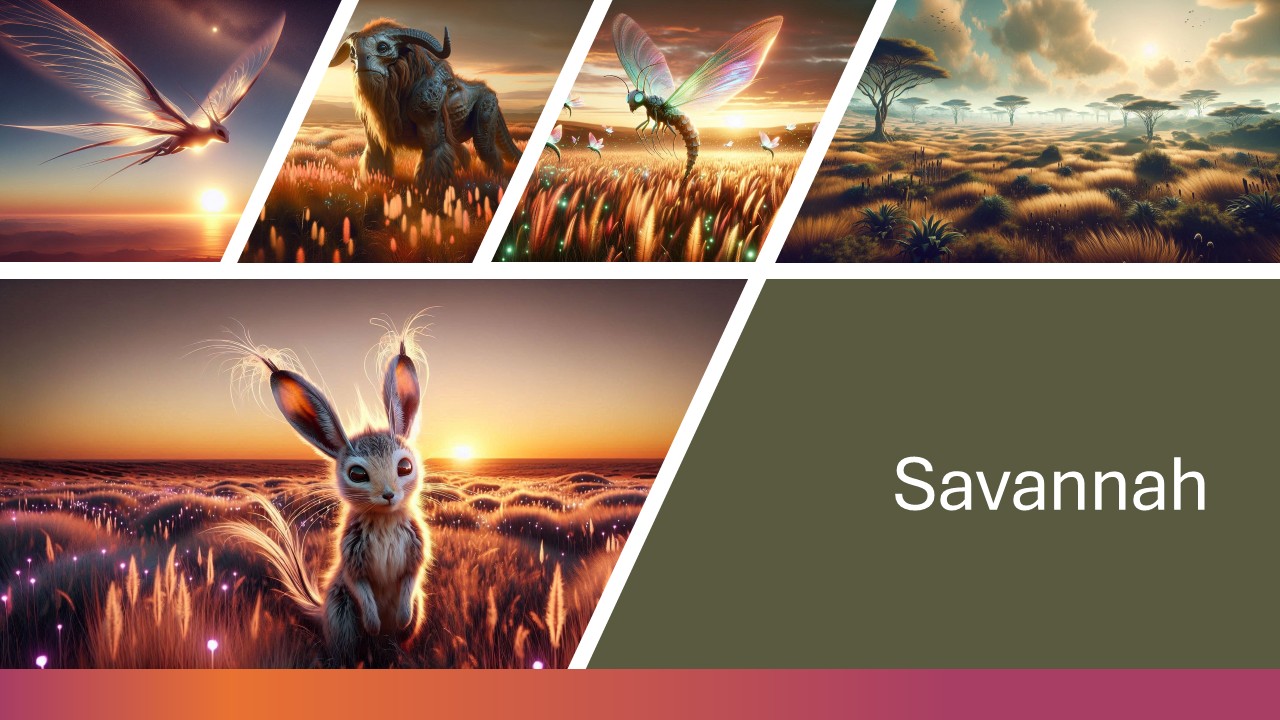
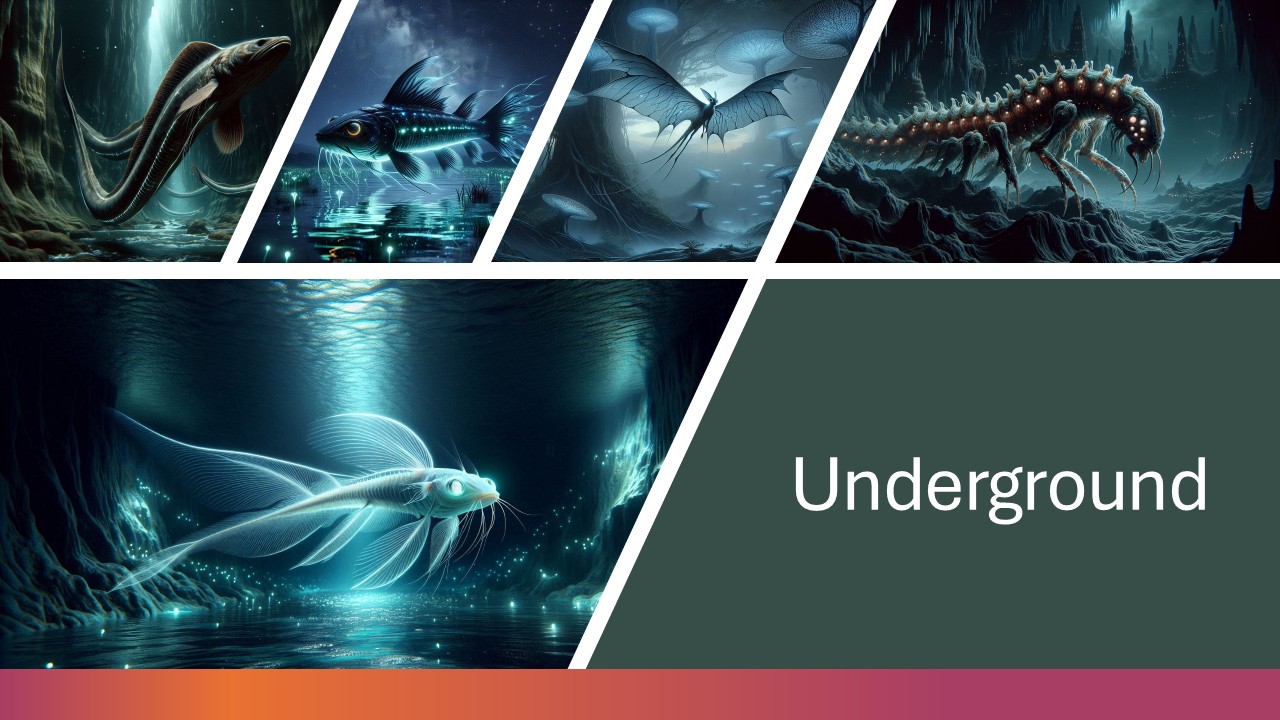
UI / UX Prototypes:
Interactive screens for core gameplay functions created using quick AI generated HTML, CSS, and JavaScript - interactable within the browser.
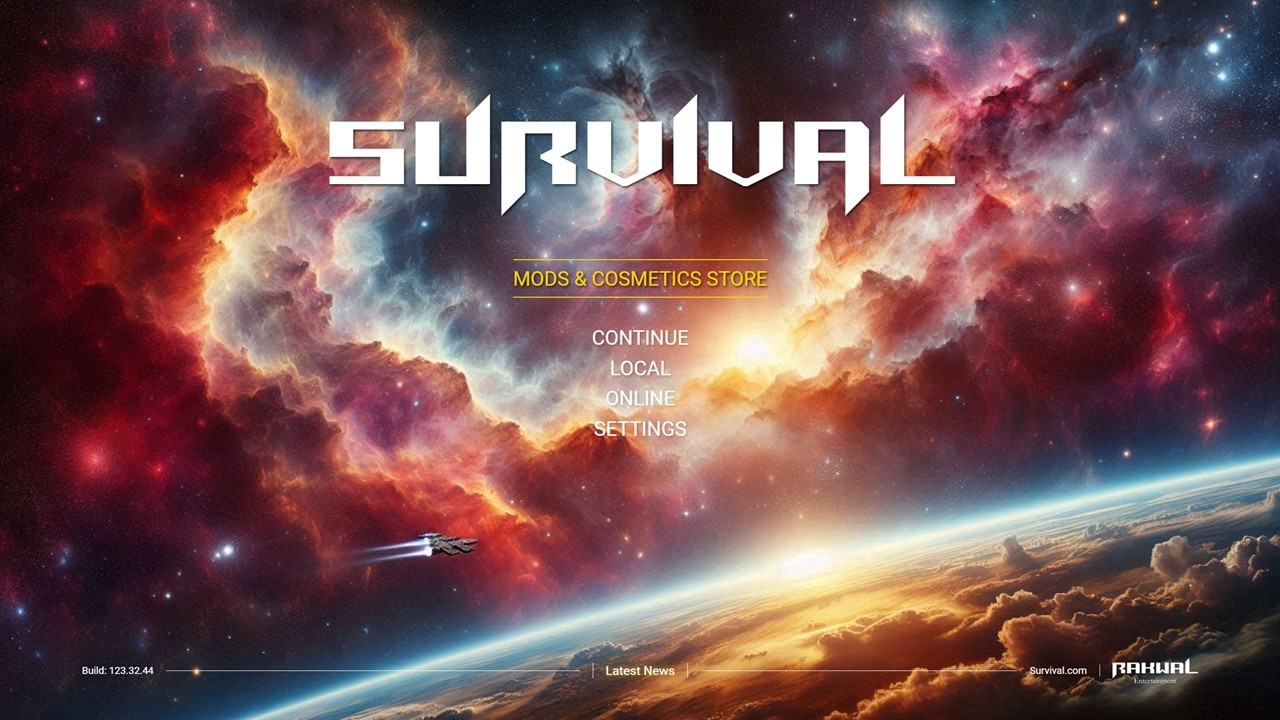
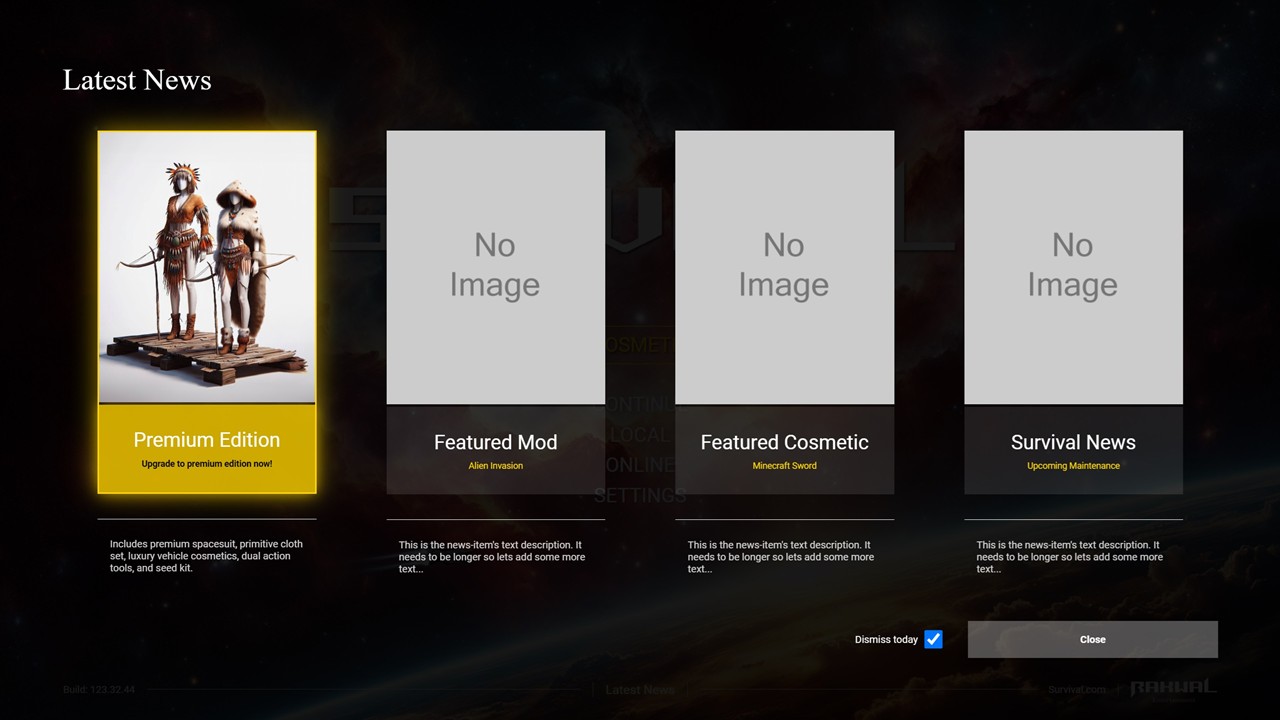
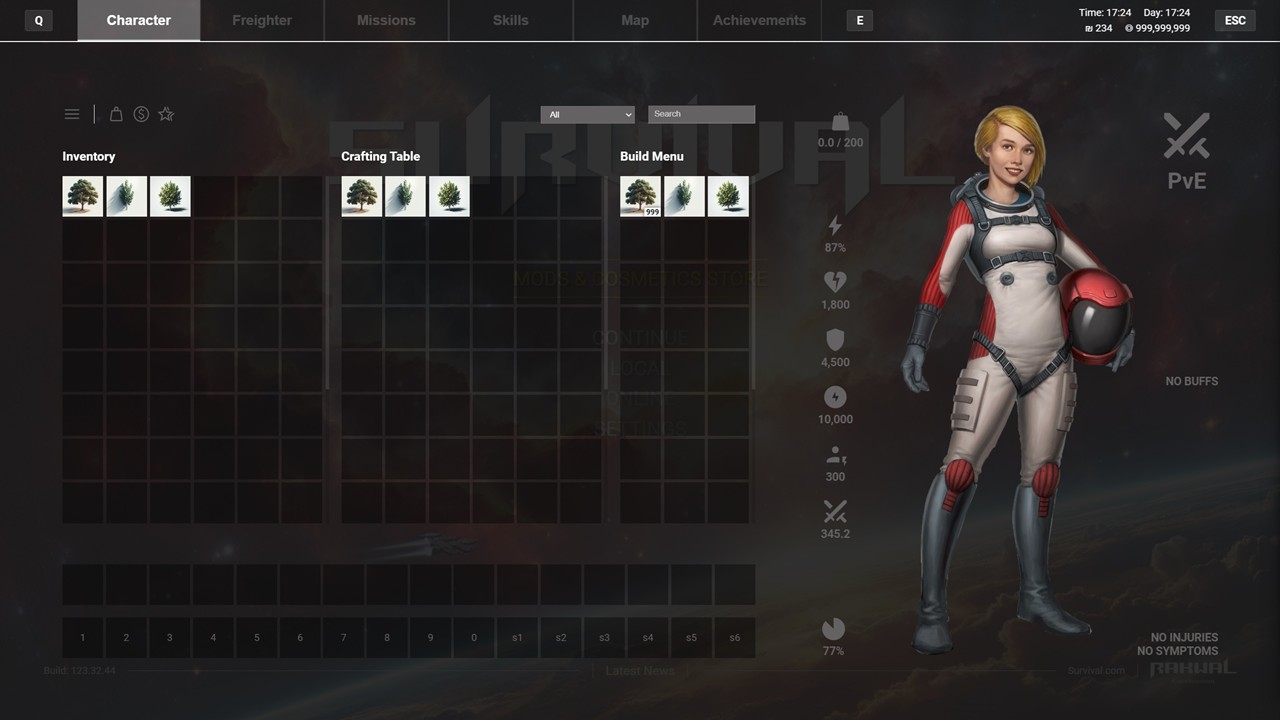
Gameplay Systems Modeling:
Tiered item progression was built in spreadsheet format, visualized using generated icons.
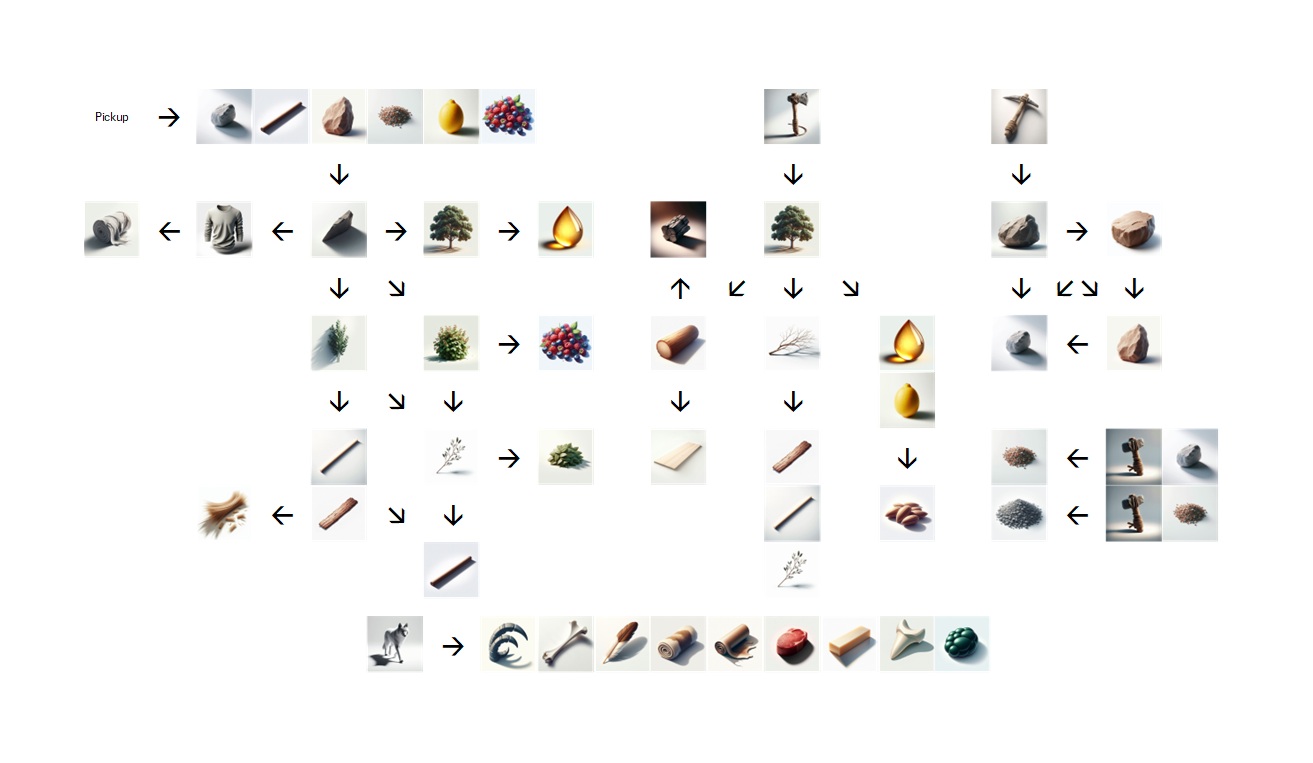
Procedural Environment Tools:
Terrain was designed using GAEA and Unreal Engine’s auto material systems, synced with in-game day/night time cycles and widely available weather logic add-ons.

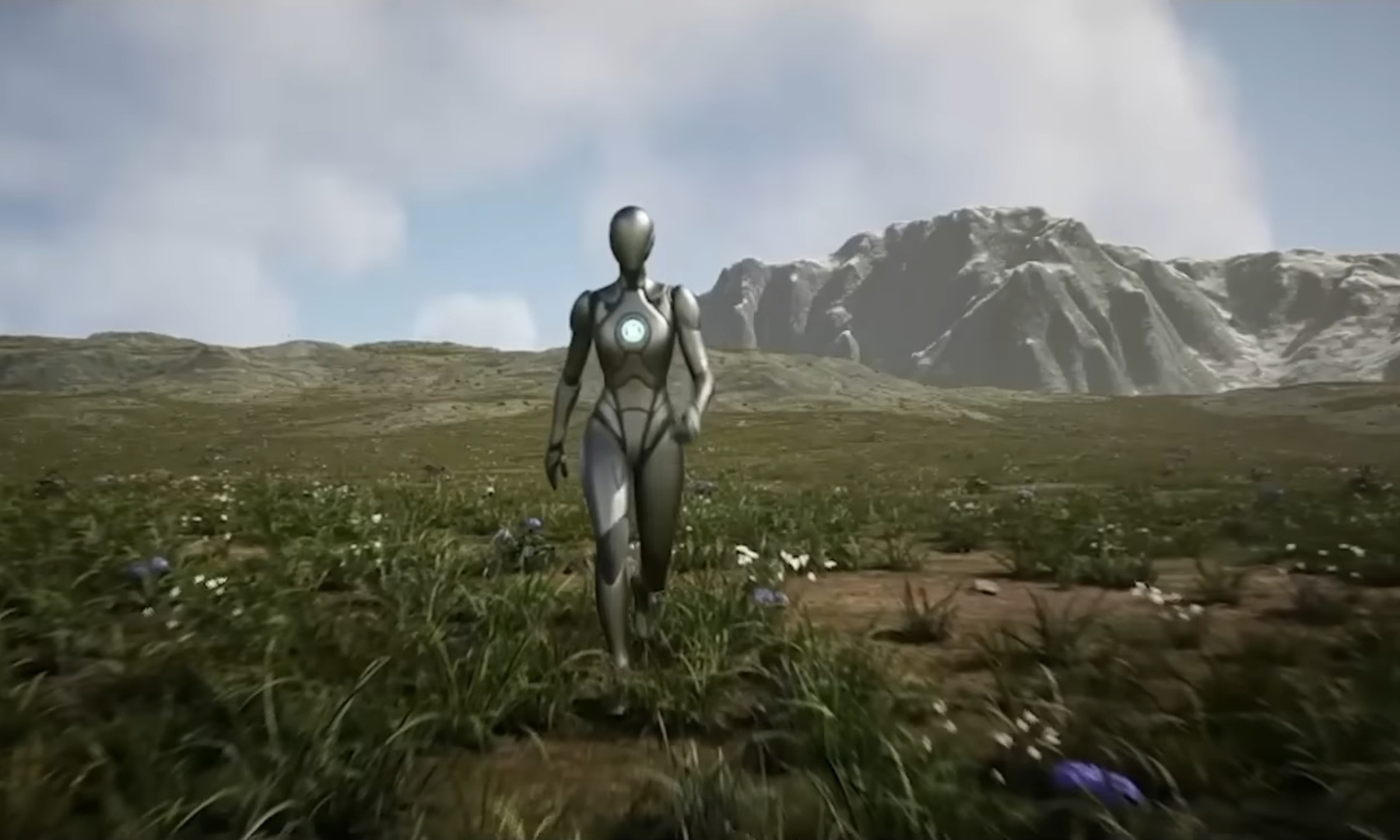
Looking Ahead
Survival represents not just a game concept, but a long-term IP vision engineered from the ground up through design, storytelling, and interactive systems. With core worldbuilding, narrative structure, and foundational assets in place, the project stands ready for continued development—either as an independent effort or collaborative venture.